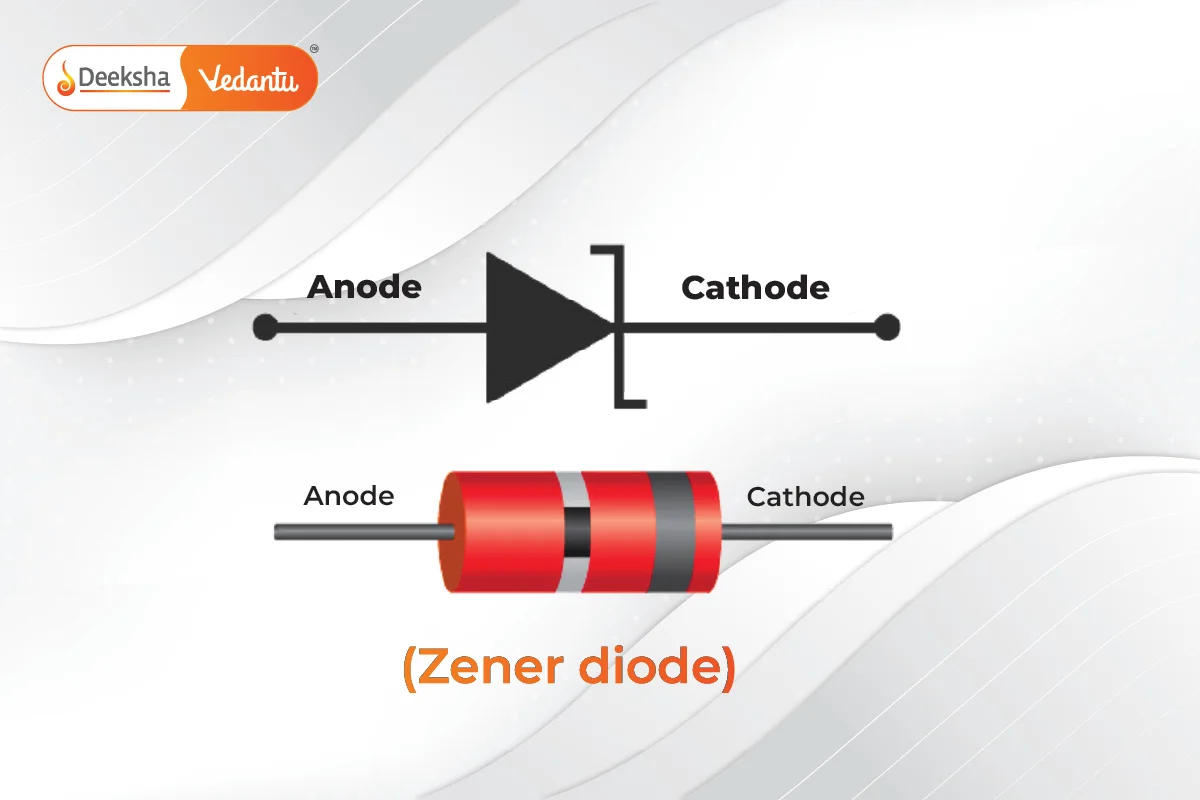Zener diodes are versatile components in electronic circuits, known for allowing current to flow in both forward and reverse directions. These semiconductor diodes are essential for regulating voltage in various applications. This article delves into the operation, characteristics, and uses of Zener diodes.
Zener Diode Explanation
A Zener diode, also called a breakdown diode, is a semiconductor device specifically designed to operate in the reverse direction. When the voltage across its terminals reaches the Zener Voltage (knee voltage), the junction undergoes breakdown, allowing current to flow in the opposite direction. This phenomenon is known as the Zener Effect.
Zener Diode Definition
A Zener diode is a highly doped semiconductor device designed to function in the reverse direction with a specific breakdown voltage. It can be used for voltage regulation and is available in a range of Zener voltages (Vz).
History of Zener Diodes
Clarence Melvin Zener, a theoretical physicist at Bell Labs, contributed to the understanding of the Zener Diode’s electrical properties. In 1934, he proposed the breakdown effect, which led to the development of the Zener diode as an essential electronic component.

How Does a Zener Diode Work in Reverse Bias?
When forward-biased, a Zener diode operates like a regular diode. In reverse bias, a small leakage current flows until the voltage reaches the breakdown voltage (Vz). At this point, the current increases and stabilizes, allowing the diode to regulate voltage effectively.
Breakdown Mechanisms in Zener Diode
- Avalanche Breakdown: Occurs when high reverse voltage causes electrons to gain energy, collide with atoms, and release more electrons, leading to a rapid increase in current.
- Zener Breakdown: Happens at lower voltages where the electric field in the depletion region breaks valence electrons free, causing a sharp increase in current.
Circuit Symbol of Zener Diode
Zener diodes are represented by a standard diode symbol with bent ends on the cathode side. This symbol indicates the diode’s ability to operate in reverse bias.

V-I Characteristics of Zener Diode

The V-I characteristics of a Zener diode can be divided into two parts:
- Forward Characteristics: Similar to a regular diode.
- Reverse Characteristics: Shows a small reverse saturation current until the Zener voltage is reached, after which the current increases sharply, indicating breakdown.
Zener Diode Specifications
- Zener/Breakdown Voltage (Vz): Ranges from 2.4V to 200V, up to 1kV for some devices.
- Current (Iz max): Maximum current at the rated Zener voltage, ranging from 200μA to 200A.
- Current (Iz min): Minimum current required for breakdown.
- Power Rating: Maximum power the diode can dissipate, calculated by the product of voltage and current.
- Temperature Stability: Best around 5V.
- Voltage Tolerance: Typically ±5%.
- Zener Resistance (Rz): Resistance exhibited by the Zener diode.
Applications of Zener Diode
- Voltage Regulator: Maintains a constant voltage across small loads by shunting excess current.
- Over-Voltage Protection: Protects circuits by shorting excess voltage to prevent damage.
- Clipping Circuits: Modifies AC waveforms by limiting voltage peaks.
FAQs
Avalanche breakdown occurs at higher voltages and involves electron collisions, while Zener breakdown occurs at lower voltages with a strong electric field breaking valence electrons free.
The Zener effect is the phenomenon where a Zener diode breaks down and allows current to flow in reverse when the reverse voltage reaches a certain level.
Zener diodes are used for voltage regulation, over-voltage protection, and in clipping circuits to modify AC waveforms.
In reverse bias, a Zener diode allows a small leakage current until the breakdown voltage is reached, then it permits a stable current flow to regulate voltage.
A Zener diode is a semiconductor device designed to operate in reverse bias, allowing current to flow when the reverse voltage reaches the Zener voltage.
Related Topics
- Magnetic Field And Field Lines
- Magnetic Effects Of Electric Current
- Heating Effect Of Electric Current
- Defects Of Vision And Their Correction
- Magnetic Field Due To A Current – Carrying Conductor
- Atmospheric Refraction
- Electricity
- Force On A Current – Carrying Conductor In A Magnetic Field
- Electric Current And Circuit
- Fleming’s Left-Hand Rule and Right-Hand Rule
- Faraday’s Law
- Protection Against Earthquake
- Dispersion Of White Light By A Glass Prism
- Projectile Motion
- Noise Pollution







Get Social